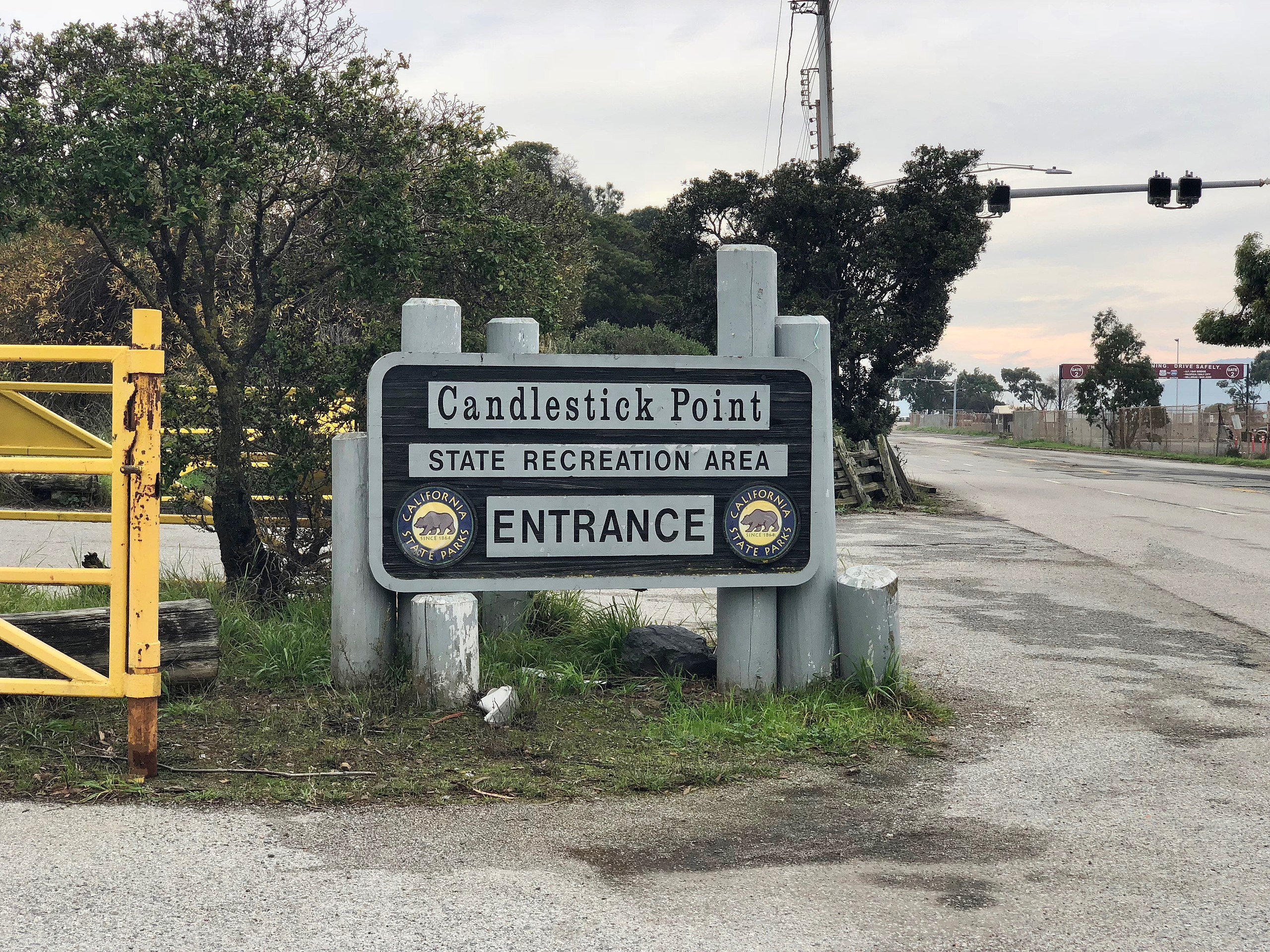For generations, the dream of owning a home in California has included access to beautiful Pacific beaches, and along the Peninsula particularly people cast their dreamy gaze into the surf and imagine that one day all this will be theirs.
But not every day at the beach is, well, a day at the beach; it all depends on your location. Case in point, the environmental non-profit Heal the Bay just released its annual report of the best and worst beaches in California, and once again it delivered grim tidings for one Bay Area city in particular.
Before we dive into the rankings, a few clarifications:
- Heal the Bay rates beaches according to water quality, with an eye toward pollutants and other public health risks. The rankings don’t reflect how popular beaches are, how great the surfing is, how easy they are to access, or any other common recreational rubric.
- Heal the Bay does not collect the data themselves, but rather refers to sampling data taken by counties, as counties are legally required to do under a 1997 law. Many counties take more extensive measures than are required, so some grades have a deeper well of figures to work from.
- Water quality varies depends on weather and time of year: Dry summer months are the most important time for public health standards, since that’s when people hit the beaches most often, and it’s also the time when pollutants pose the least threat, since there’s little rain to wash them into coastal waters. Wet weather periods tend to yield worse water quality.
- We hate to break it to you, but the pollutants the tests concentrate on are bacteria that most commonly indicate the presence of fecal matter. While it’s normal to find some of this material in any waterway (sorry), intense concentrations usually indicate human error.

The good news is that San Francisco generally did quite well, with all local beaches except for one scoring either an A or a B for water quality during the dry period. This is a little bit worse than the five-year average for SF beaches, but still a solid turnout.
The fly in the ointment is Candlestick Point, which Heal the Bay rates an F. “A pollution source has not been identified,” but the report speculates that the area perhaps does not have robust water circulation.
The really bad news is for San Mateo County’s Foster City, which sports three F-graded beaches this year: Erckenbrack Park, Gull Park, and Marlin Park.
Erckenbrack got similar bad marks last year, and the report notes that this area generally has worse water quality than neighboring beaches most years, possibly because of “urban runoff” being channeled into these outlets.
Responding to the bad news, Foster City released a statement last week acknowledging the problem and saying that the city hired an engineering company in February to isolate the cause of the bad water.
Testing will run through August, but the statement notes that thus far “no human DNA source markers were detected in any of the samples,” which perhaps falls under the category of barely good news.
At the very least the rest of the region can greet the tides with minimal worry–and those looking to sell homes can feel free to tout their proximity to most beach hotspots.


